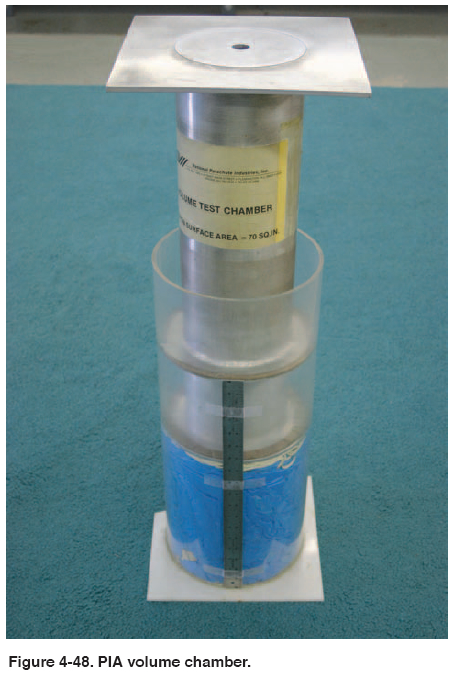Chapter 4
ASSEMBLY OF COMPONENTS AND COMPATIBILITY
Advisory Circular (AC) 105-2—Sport Parachute
Jumping states that, “the assembly or mating of
approved parachute components from different manufacturers
may be made by a certificated and appropriately
rated parachute rigger or parachute loft in
accordance with the parachute manufacturer’s instructions
and without further authorization by the manufacturer
or the FAA. Specifically, when various
parachute components are interchanged, the parachute
rigger should follow the canopy manufacturer’s
instructions as well as the parachute container manufacturer’s
instructions. However, the container manufacturer’s
instructions take precedence when there is a
conflict between the two.” This allows the rigger to
assemble different canopies to different harness and
container systems. This is an important ability for
today’s rigger in that there are dozens of possible combinations.
Determining compatibility is more than simply
determining the volume compatibility of a canopy
to a container size. Other factors, which need to be
considered, are the deployment type, TSO certification,
and placard limitations.
VOLUME
The most important criteria in determining compatibility
is the volume of the canopy. The canopy has to fit into the container in such a manner as to not place
undue stress on the system when packing, and to be
extracted by the pilot chute during deployment. The
container manufacturer usually provides a volume
chart of their systems stating what the volumes are for
the various model sizes. The canopy manufacturer
should provide the volumes of the canopy models.
Measuring canopy volumes has proven to be an imprecise
science as there are various methods that can be
used. The most common method involves placing the
canopy in a tubular chamber and compressing it with a
standard amount of weight for a set time. The displaced
volume is then measured. Figure 4-48 shows the official
Parachute Industry Association (PIA) volume
chamber. The PIA has measured canopy volumes since
1984 and publishes a chart of canopy volumes in their
TS-104, Canopy Volume Study. While some canopy
manufacturers disagree with the resultant numbers,
most container manufacturers and riggers agree that it
is an independent test method and use this chart to
determine volume compatibility.

| 
